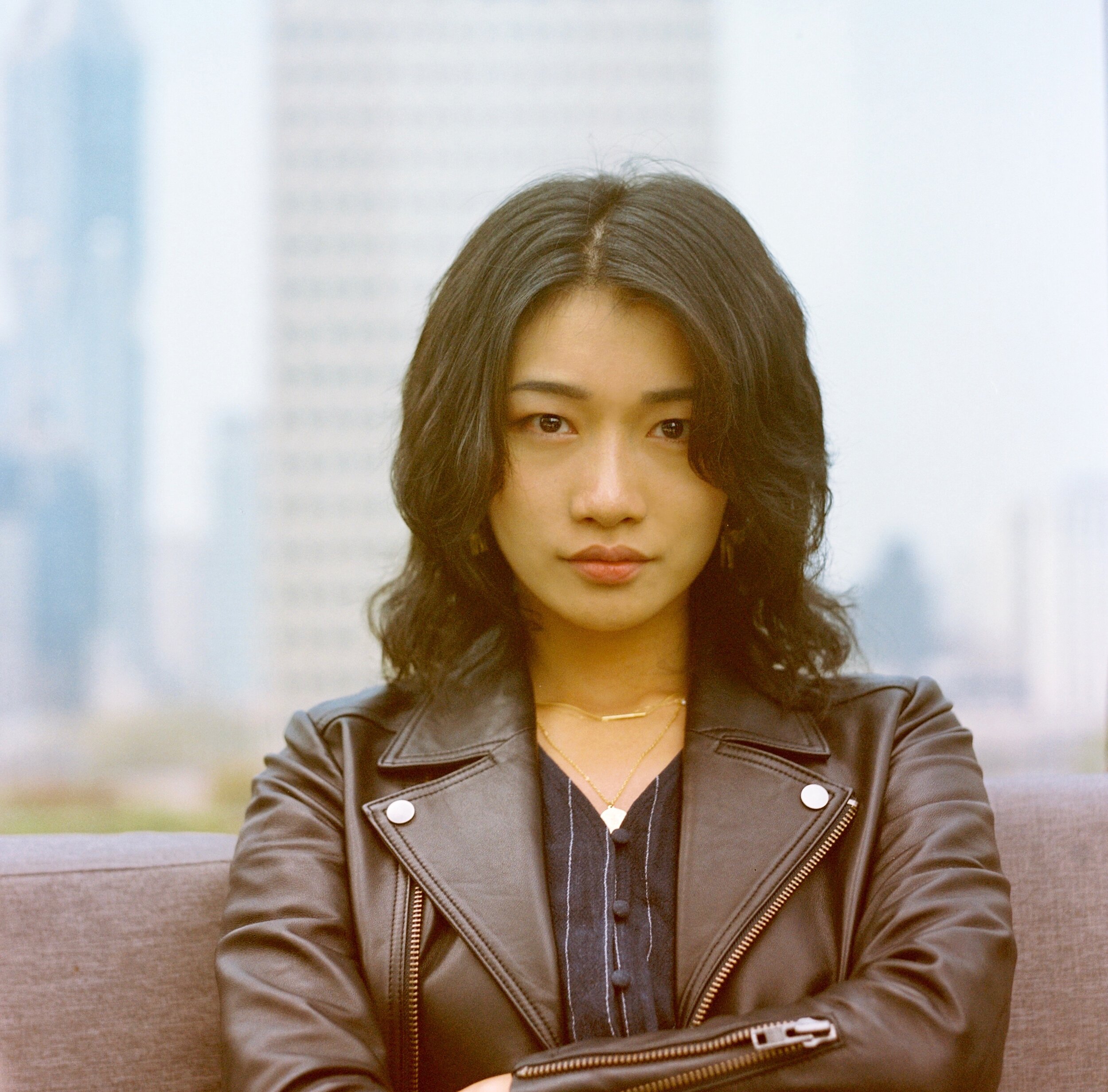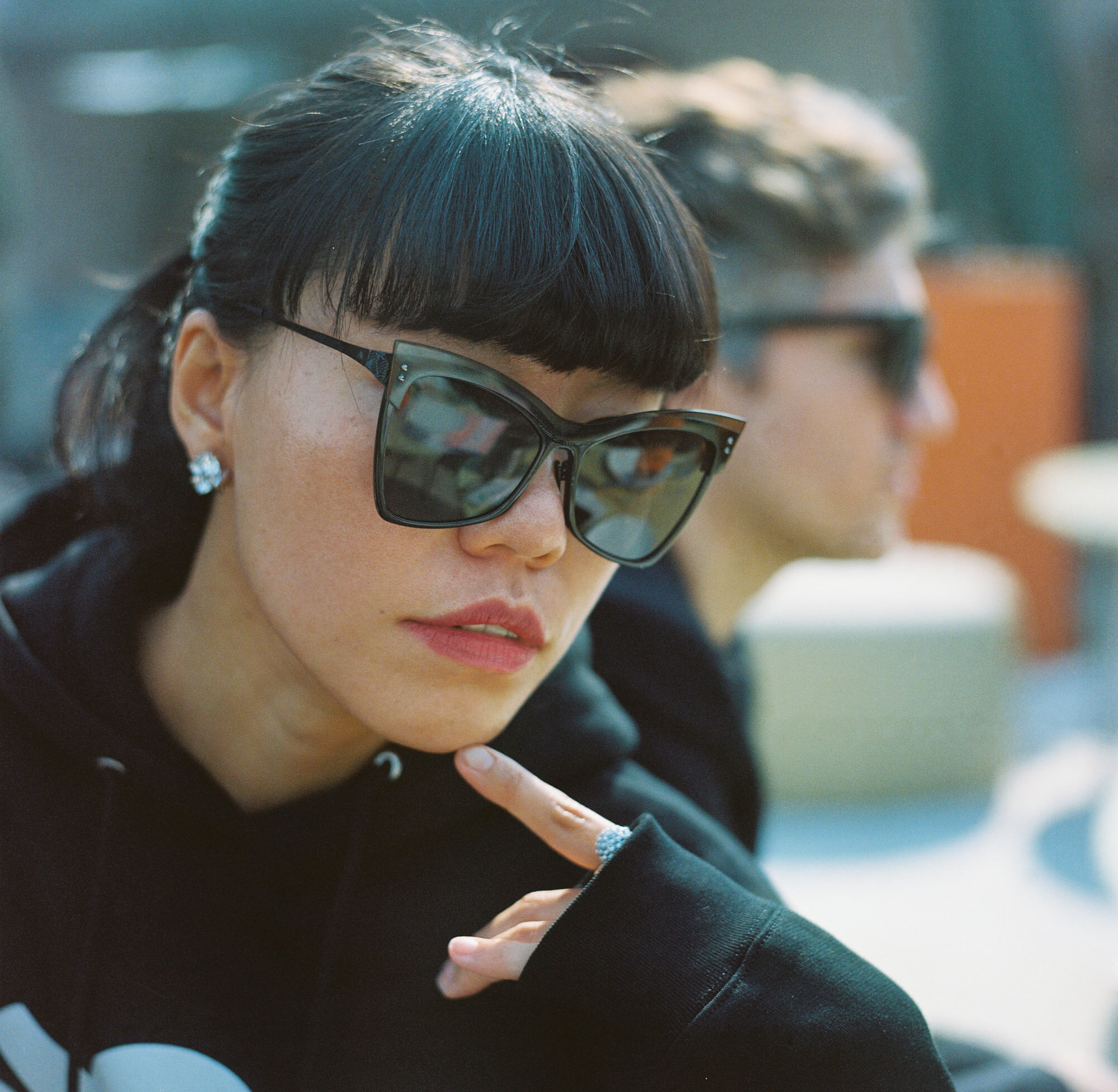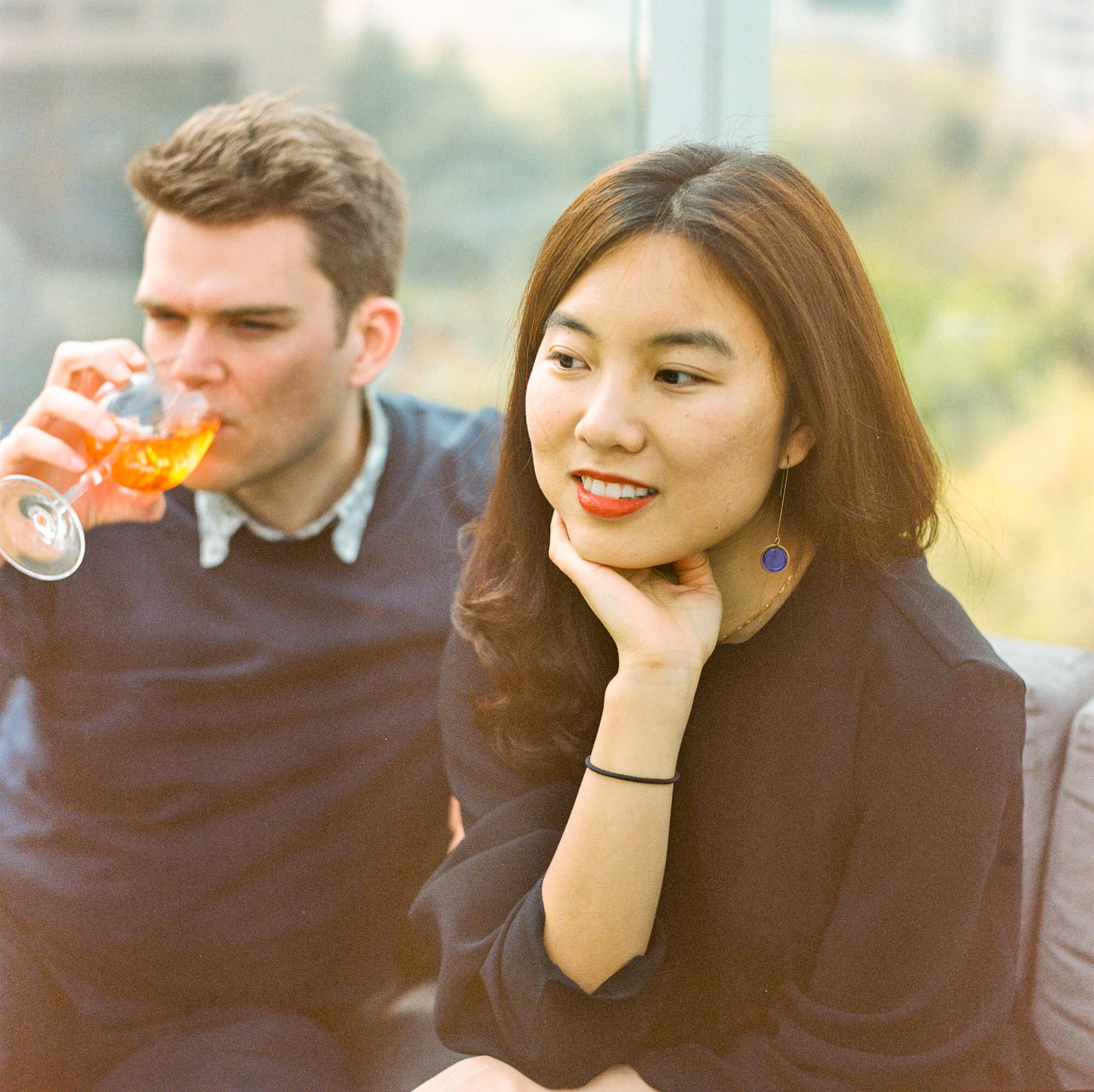A few people have asked me about the coronavirus lockdown in Shanghai - whether people can go outside, that kind of thing. The truth is that the lockdown has, in some senses, been over for a while. Restaurants, bars and nightclubs are all open again and museums and galleries are starting to open too. International borders have been closed for a few weeks, which seems to be big factor in the containment of the coronavirus here. Travel within China is possible, but from what I hear, it’s a huge headache for foreigners as each province and city has different systems of controlling the movement of people. I hear Nanjing has banned all foreigners from hotels, but it’s relatively easy to travel to and from Wuhan now. A friend is currently in Beijing sorting out a journalist visa and says she was turned away from numerous hotels. Apparently even different districts within Beijing have different measures in monitoring the population. I also checked in with one of the people I met when I photographed the African population in Guangzhou a few years ago. The person is now back in Guinea, but he told me that his sister was forced to quarantine in her apartment even though she’d been back in China for months. This kind of thing is not happening in Shanghai as far as I’m aware.
For now I’m stuck in Shanghai, but there are certainly worse places to be at the moment. Australia is certainly not one of them. After what seemed like a shaky start, the country seems to be doing good job containing this first wave of infection. So far 80 people have died and 6,674 cases confirmed. Life in Australia has been turned upside down, but from what I hear from friends in Taiwan, life has basically continued as normal although it has around the same population as Australia. Taiwan has had just 428 cases confirmed and 6 deaths. The feeling I get from chatting to friends in New York City is that they are living in a real life disaster movie.
Back on the topic of life sort of returning to normal here, I caught up with a bunch of friends for brunch a few weeks ago. About a dozen of us were seated on a terrace at place called Highline near People’s Square, which used to be the race track and cricket ground during colonial times.
The brunch was a chance to catch up with friends as well as reacquaint myself with a camera I sold to one of those friends a couple of years ago, a Mamiya C330F, a medium format film camera. These are unique twin lens reflex (TLR) cameras (one lens is for seeing, the other is for taking a photo) because they also has interchangeable lenses. Probably the most famous kind of TLR is the Rolleiflex, which has a fixed 80mm or 75mm lens. The Mamiya is a relative bargain compared to the Rollei though.
Not long after I bought this medium format film camera, I had the good fortune of obtaining a Hasselblad 503CX and three lenses when a colleague’s former partner passed away. Although I liked the Mamiya and the 105mm lens this one came with, I didn’t have any need for it anymore, so I moved it on.
Before I headed off to brunch, I grabbed a few expired rolls of Kodak Portra 400NC and 400VC (exp 2007). This camera yields 12 shots per roll and I leisurely went through three rolls as we sat in the sun and had a few drinks. A few years ago I was gifted maybe a hundred or so rolls of this expired film, which no longer made. I now have about a dozen in my freezer. It still comes up pretty well, although I need rate it at 100 ASA. Expired film tends to lose its sensitivity to light after a while.
Tomorrow is another sunny day and I’m catching up with friends for another brunch tomorrow for someone’s birthday and I think I might bring my Hasselblad along for that.
Here are some shots from the Mamiya C330F, which is fun to shoot with and especially good for portraits. I’d recommend this camera to anyone who is looking to get into shooting medium format film. Also, here’s a picture of me with the camera, which was shot on a Yeshica T4, one of the point and shoot 35mm cameras that a was floating around that afternoon.
More work at www.davetacon.com





